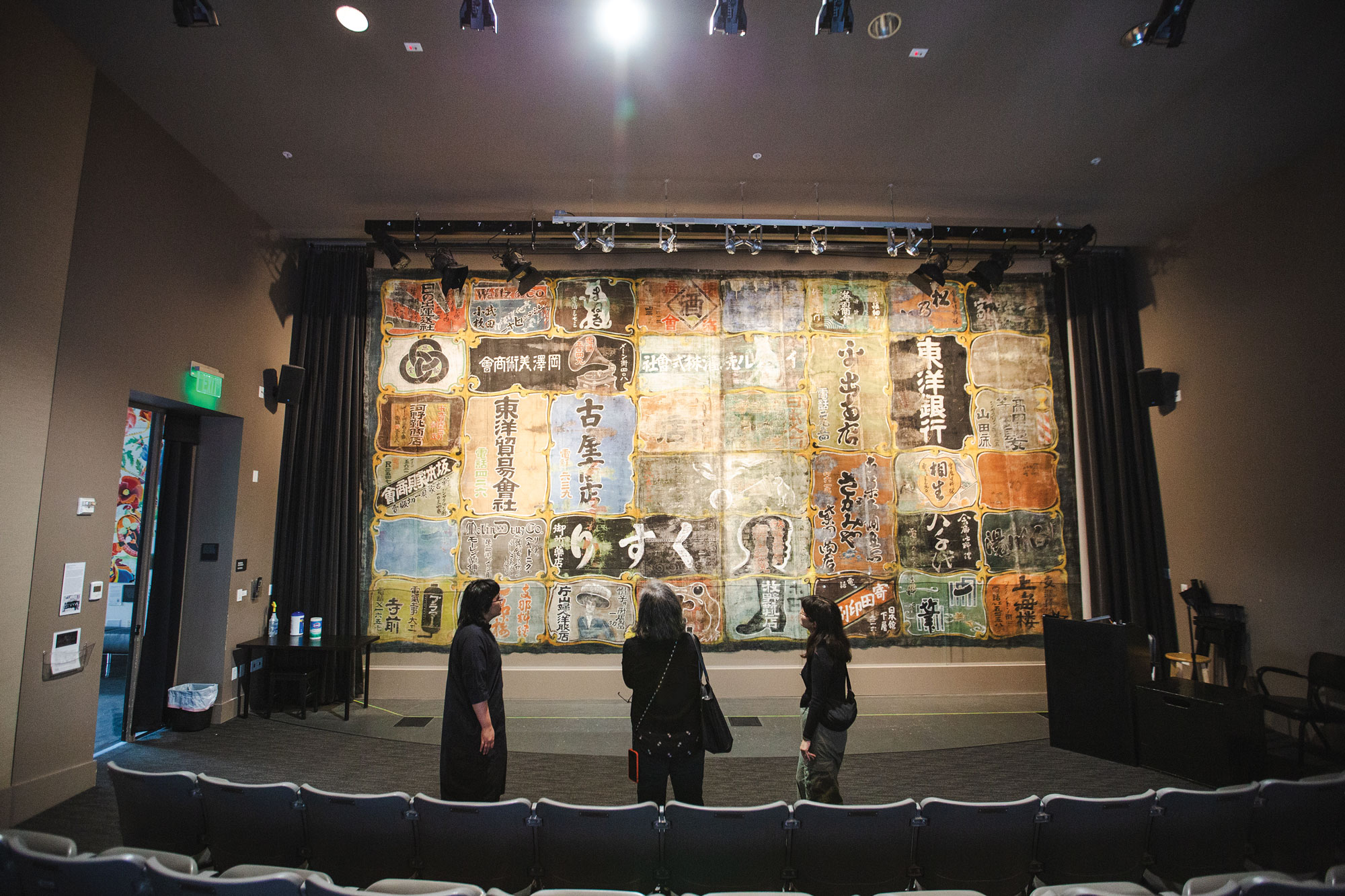Stories to tell Stories to tell Stories to tell
How culturally specific museums build empathy, promote equity and tell more complete histories

How culturally specific museums build empathy, promote equity and tell more complete histories
In the early 1960s, Seattle City Councilman Wing Luke, '51, '58, worried that the city's vibrant Asian American community was changing too quickly. Construction on the new Interstate 5 would bisect the Chinatown-International District that served as the hub for Seattle's Asian community and commerce. As Seattle grew, the neighborhood risked being subsumed by development. Luke envisioned a museum to preserve the history that encompassed thousands of lives, a multiplicity of cultures and the city's story.
Wing Luke died in a plane crash in 1965. Two years later, his friends, family and constituents realized his vision. First opened in a small storefront, the Wing Luke museum celebrated Asian American art and history and was at the forfront of a wave culturally specific museums across the country.
Today, Washington is home to a number of culturally specific museums and more than a dozen tribal museums and cultural centers that preserve, celebrate and tell the historical and contemporary stories of the region’s first people.
Born out of the need to capture stories, artifacts and histories before they were lost or forgotten, and because traditional museums overlooked or excluded the art and experiences of many cultural and ethnic groups, identity-based museums started to appear across the U.S. in the late 1960s and early 1970s. Then, and now, when it comes to being relevant and responsive to their communities, culturally specific museums lead the way. At the heart of their work are education, preservation, scholarship and identity. They support the well-being of the communities and cultures they represent and build empathy and intercultural competence among all visitors.
But there is still work to be done. In September, the Wing Luke Museum was attacked by man swinging a sledgehammer at its windows and shouting racist slurs. Museum staff and community members quieted him and kept him onsite until police arrived. He was later charged with a hate crime and malicious mischief.
Culturally specific museums like the Wing, the Northwest African American Museum and the newest, the Sea Mar Museum of Latino/a and Chicano/a Culture help us tell a more inclusive story about our region. And they all have deep ties with the University of Washington. Their founders, boards and volunteers are filled with alumni. Faculty help develop exhibits, students do internships, scholars use their archives. And many of the very people who bring them to life—the curators, the fundraisers, the designers, the architects—come with UW in their backgrounds.
Far from stuffy, they innovate and respond to current community interests. The Wing Luke, for example, pioneered the process of consulting with local residents and organizations to develop and define exhibits. The Northwest African American Museum blends history and contemporary art in its storytelling, and by inhabiting a once abandoned public school building that now includes affordable housing, it brings vibrancy to the neighborhood. And the Sea Mar museum shares its building with a health clinic and community event space with the understanding that celebrating a community’s identity and culture contributes to the health of its members. Special, specific spaces like the Buffalo Soldier Museum in Tacoma and the National Nordic Museum in Ballard give richer meaning to what it means to be living in the Northwest.
Considering these ideas, Steffi Morrison, ’19, explored the role of empathy in her thesis for her master’s in museology, which she is putting to use as collections manager at the Wing. In her conclusion, she determined that “culturally centered museums can become not solely places of stored memory and established facts, but as living institutions that are committed to social values in which visitors are inspired to move towards active, compassionate empathy.”
What follows is a gallery of three museums. Each one celebrates culture and identity. Each has strong UW connections. And each is essential to our regional narrative.
Read about this nationally recognized museum, which boasts a commitment to community collaboration.
The charge for an African American heritage museum began nearly 40 years ago. Find out how NAAM came to be.
The newest museum in our gallery, Sea Mar tellsthe history of Chicano/as and Latino/as from post-war immigration through today.